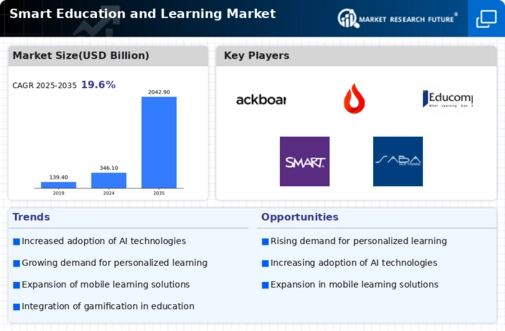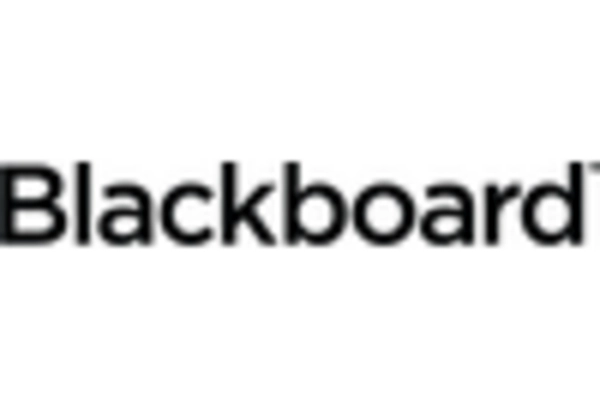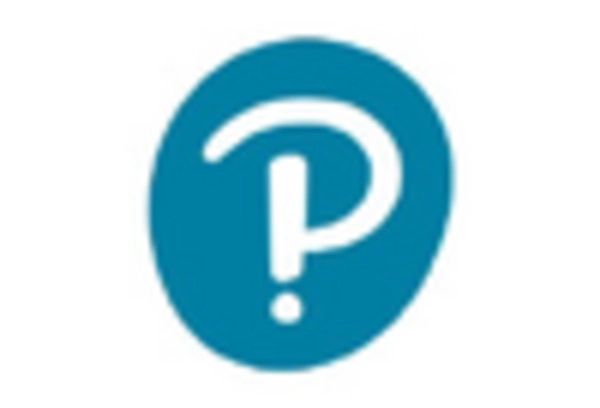Market Trends
Key Emerging Trends in the Smart Education and Learning Market
The Smart Education and Learning Market (SELM) is characterized by intense competition among different vendors aiming to capture significant shares since it is a fast-growing industry with many opportunities. Companies operating within this landscape employ various strategies aimed at achieving their presence while attaining competitive lead over others, thereby establishing their brand positioning accordingly. One popular strategy is differentiation, where they make use of various unique features and innovative technologies to differentiate their products in order to appear different from others. Another strategy used by companies is cost leadership, where they offer inexpensive yet quality products in this industry, considering that educational firms usually have tight budgets. This will enable the company to increase its market share through cheap but effective Smart Education Systems. The other trend for the Smart Education and Learning Market (SELM) is that most companies are limited to some specific areas of specialization or niche markets. They may focus on higher education, K-12 education, professional development, or corporate training by creating tailored solutions. Another important aspect of the market positioning within SELM involves collaboration and partnerships among firms. Partnerships with universities, content providers, or technology partners can help improve the offerings provided and widen the scope of a company's engagements in the market. Integrated solutions that combine strengths from various partners could be developed through partnerships (collaborations). By doing so, these collaborations merge such strengths; thus, their packages end up as more comprehensive than if each partner designed one on their behalf, rendering them more attractive to customers every time. Joint ventures provide opportunities for knowledge exchange, value proposition enhancement, and entrenchment into strategic sectors for these emerging players in this space. In addition, a customer-focused approach is the cornerstone of strategic positioning in the Smart Education and Learning Market. Understanding the changing needs of educational institutions, teachers, and learners is crucial so as to developing solutions that truly add value. Such companies should prioritize user experience, collect feedback from their customers, and constantly improve their products through insights from customers, which will help them retain valuable relationships in the market. The above marketing technique not only acts as a way of retaining clients but also draws more customers based on positive word-of-mouth and testimonials.

















Leave a Comment